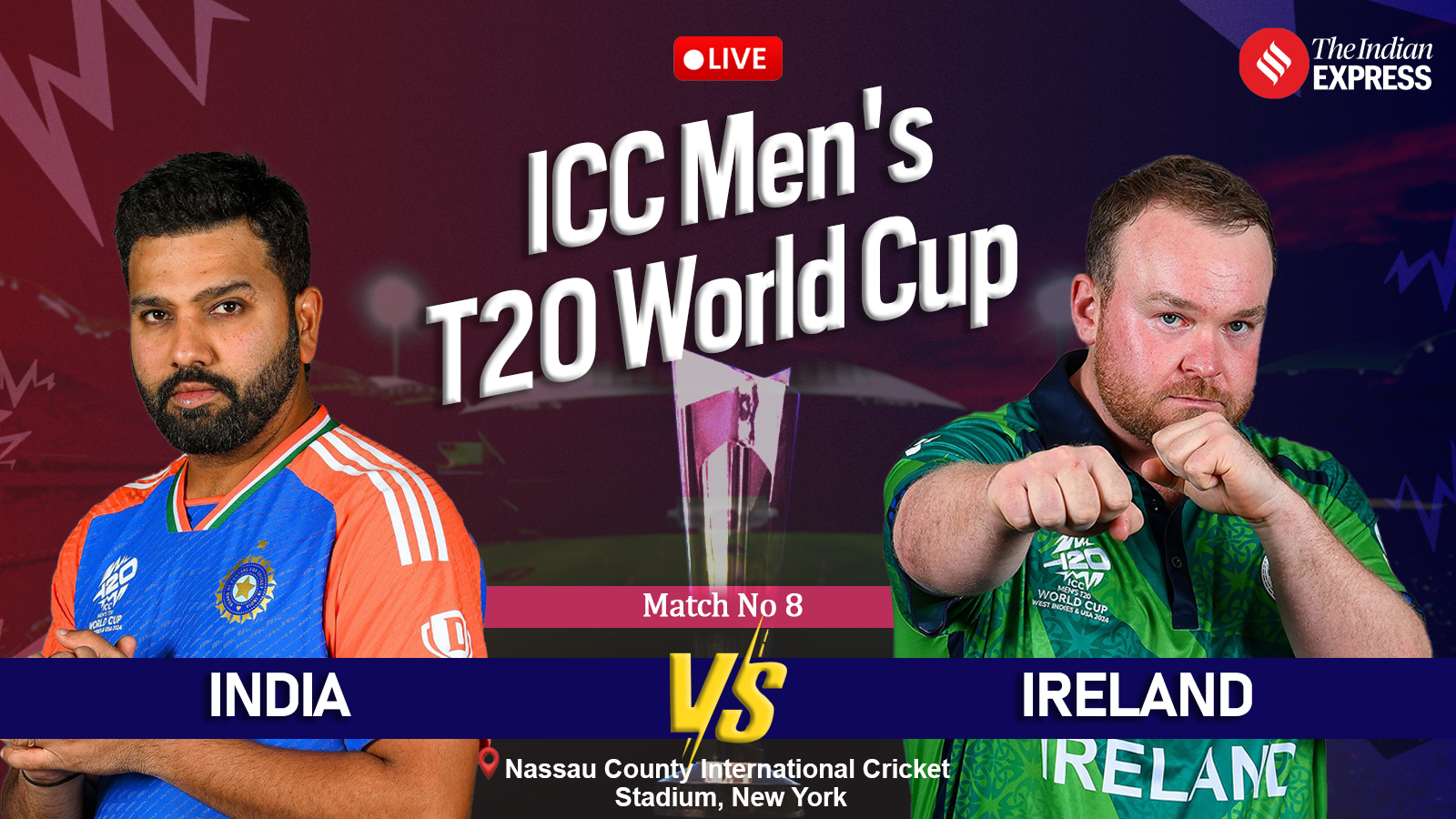Nokia CEO Pekka Lundmark recently unveiled a revolutionary technology called “immersive audio and video” that enhances the quality of phone calls by providing three-dimensional sound, making them more lifelike. This innovative solution is designed to transform voice communication by offering a more realistic audio experience. According to Lundmark, who was present during the first 2G call in 1991, this technology represents the future of voice communication.
Unlike traditional smartphone calls, which are monophonic and can make audio sound compressed and less detailed, immersive audio offers 3D sound that simulates a face-to-face conversation. This makes it seem like both parties are in the same room. Jenni Lukander, President of Nokia Technologies, said that this technology represents a significant advancement in live voice calling compared to current smartphone audio capabilities.
Nokia tested this new technology using a regular smartphone on a public 5G network during a recent call with Finland’s Ambassador of Digitalisation and New Technologies, Stefan Lindström. The company hopes to standardize this technology so that network providers, chipset manufacturers, and handset manufacturers can easily integrate it into their products. The innovation can also be used for conference calls, allowing participants’ voices to be separated based on their spatial locations.
Nokia’s immersive audio technology utilizes the spatial characteristics of calls in real-time and employs multiple microphones commonly found in smartphones. While the 5G Advanced standard includes this technology, it may take a few years before it becomes widely available. However, Nokia aims to secure licensing opportunities for this groundbreaking technology.
In conclusion, Nokia’s immersive audio and video technology has the potential to revolutionize voice communication by offering a more realistic audio experience. With its ability to provide three-dimensional sound that simulates face-to-face conversations and separate participants’ voices based on their spatial locations during conference calls, this innovation is poised to transform how we communicate over phone calls.



